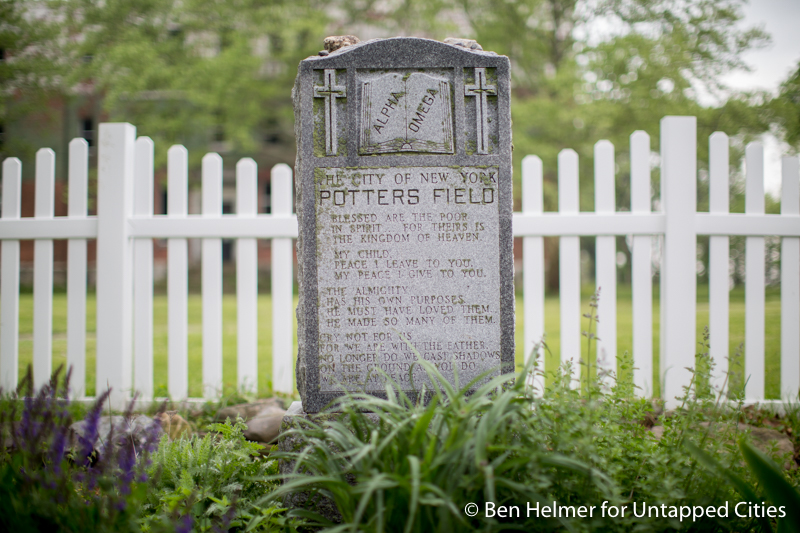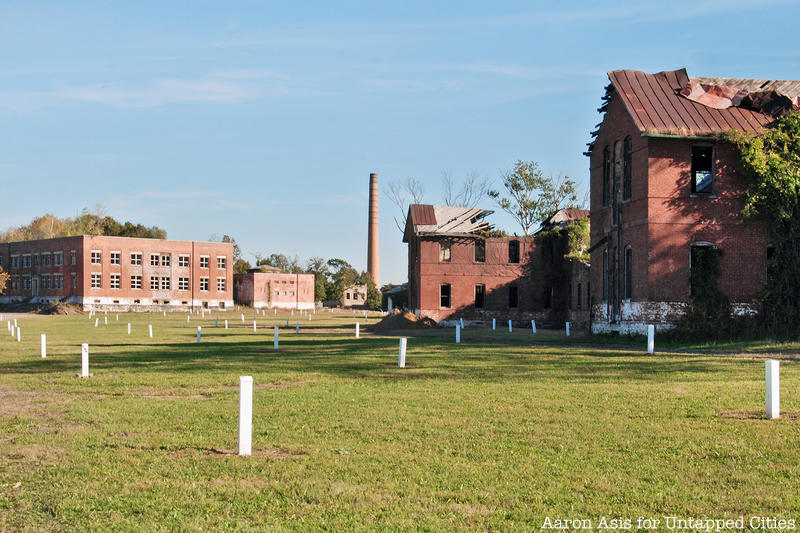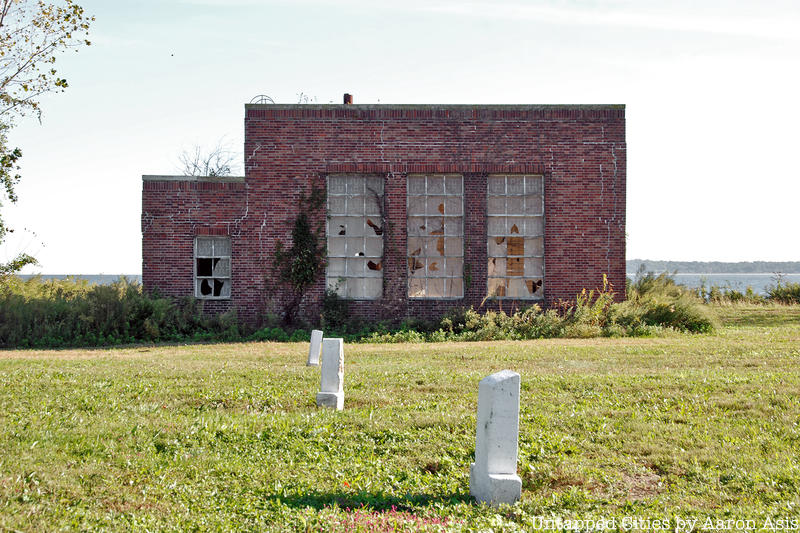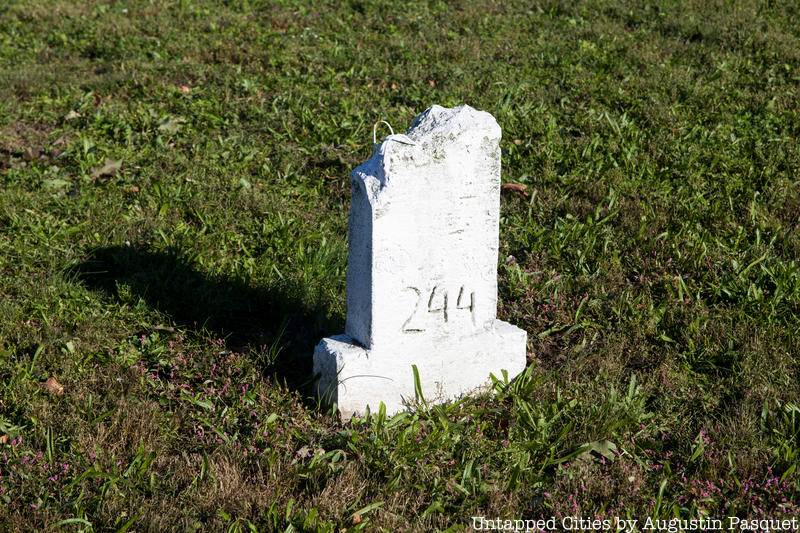Until the coronavirus pandemic, Hart Island was one of the New York City’s most forgotten places. Yet, since 1869 it has been serving as the city’s potters field, an active burial place for those who are too poor to afford a burial or who die unclaimed. Today, around a million souls are lying in rest there and that number is increasing quickly.
A lot of confusion has circled around Hart Island in the past few days, but what is known is that the pace of burials is increasing there — five times the normal rate, in fact. Burials have traditionally been performed by New York City Department of Corrections detainees, a practice that began over a century ago and was still in place until the pandemic. But now, contracted laborers are doing the burials.
Officially, COVID-19 patients are not being buried on Hart Island but that only counts confirmed cases. With a marked increase in deaths at home, and the slow ramp-up of testing availability, it is believed that COVID-19 cases are being grossly undercounted here. New York City mayoral spokesperson, Freddi Goldestein, did make a statement addressing the likelihood that COVID-19 victims are buried there, saying, “For decades, Hart Island has been used to lay to rest decedents who have not been claimed by family members. We will continue using the Island in that fashion during this crisis and it is likely that people who have passed away from COVID-19 who fit this description will be buried on the Island in the coming days.”

Like many of the city’s undesirable activities, such as quarantine hospitals, insane asylums, and jails, New York City’s potters fields have always been deliberately located on the edges of the city. Hart Island, off of City Island in the Bronx is geographically closer to Westchester and Long Island than it is to most of New York City. Many New Yorkers have not heard of the place until now. Although Hart Island is often called a “public” burial ground, the description belies its title. Limited public access to the island has been a hard-won, multi-decade battle, but was possible one day a month. It was only last December that New York City Council approved the transfer of Hart Island to NYC Parks.
 Each white picket is a burial plot marker, with multiple caskets stacked atop another.
Each white picket is a burial plot marker, with multiple caskets stacked atop another.
Here at Untapped New York, we have been fortunate to have been able to go to Hart Island on multiple occasions thanks to the press department at the New York City Department of Corrections. One of those visits resulted in the release of the above video from Unforgotten Films, led by Untapped New York’s artist in residence Aaron Asis. Unforgotten Films previously released videos on the New York Pavilion from the World’s Fair and Fort Totten. The video series highlights not only the history, but often the complexity of a forgotten location in New York City — whether it is about raising awareness of its existence or about the difficulty of gaining access. The videos bring together a wide variety of stakeholders to tell the story, from government officials to artists to activists.

Melinda Hunt, from the Hart Island Project, has been lobbying for greater access to Hart Island since 1991 at the peak of the AIDS epidemic (the first child to die of AIDS is buried on this island as well as many unknown victims). Asis tells us that Melinda “has been central to all of this.” Artist Freya Powell is a visual artist whose contribution to the video is from the perspective of someone who has never stepped foot on Hart Island, an experience similar to most New Yorkers.


Another key person interviewed in the film is Moses Gates, an urban planner at the Regional Plan Association, who has been a key player in opening up dialogue on New York City council about Hart Island and other NYC Parks properties over the years. You can see Aaron Asis and Michelle Young, founder of Untapped New York, discuss Hart Island on Metrofocus as well.





